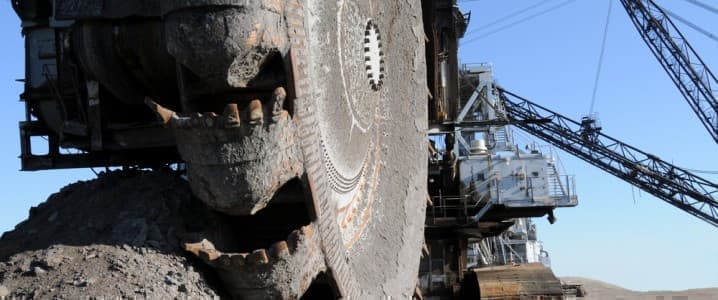As Canada rapidly develops its LNG production and export capacity and expands its oil industry, the North American country may also be looking to enhance its reputation as a producer of rare earth elements. Canada has been producing rare earth elements (REEs) for decades and is believed to have significant untapped reserves. The company has supported the development of REE industries in other countries and is currently looking to expand its domestic mining activities to help meet net-zero targets and develop regional supply chains.
REE is a set of 17 metallic elements commonly used in many electronic devices such as mobile phones, computers, and electric vehicles (EVs). In the early 1990s, REE production was distributed almost evenly around the world, with China accounting for 38 percent of production, the United States 33 percent, Australia 12 percent, and Malaysia and India 5 percent each. Brazil, Canada, South Africa, Sri Lanka, and Thailand also had rare earth element production capacity, but they contributed little to total global production. Over the next two decades, production became even more concentrated in China; 97% of the world’s rare earth resource production By 2011.
As Canada seeks to strengthen its energy security and strengthen its role in global energy markets, the government wants to tap into the country’s untapped potential to mine rare earth minerals. If successful, it could support Canada’s green transition and counter China’s dominance of the global REE market. The government announced a $70 million investment in a global partnership to advance Canada’s mining leadership, as well as several other initiatives to establish Canada as a leading REE powerhouse.
Canada’s 2024 Critical Minerals Strategy Annual Report report It outlines plans to mine more than 30 key minerals, with a focus on lithium, graphite, nickel, cobalt, copper and REEs. The U.S. government has repeatedly expressed concern about its increasing dependence on China for critical minerals, rare earths, and other energy sources and products as it seeks to develop more regional supply chains. Expanding Canada’s mining industry could not only help stabilize the country’s supply of rare earths, but also support the development of North American supply chains. James Edmondson, Research Director at IDTechEx, said: said “Canada is believed to have very large quantities of these materials, even though they have not yet begun processing large quantities.”
Global demand for REE is expected to increase rapidly in the coming years as more countries invest in renewable energy projects and consumer adoption of EVs increases rapidly. Future Market Insights for October report forecasts the global REE market to grow from $6.2 billion in 2024 to $16.1 billion by 2034, at a CAGR of 10.1%.
Canada has some of the world’s largest known rare earth reserves and resources. In 2023, Canada is estimated to have reserves of more than 15.2 million tonnes of rare earth oxides. Nickel, which is widely used in EV batteries, is said to be in abundant supply and is currently produced mainly in China and Indonesia. In addition to widely available rare earths, Canada also possesses significant amounts of high-value “heavy” rare earths, such as dysprosium and terbium, which are in limited supply worldwide.
Canada has so far develop abilities Used in processing and separation, metal and alloy production, and rare earth magnet recycling. In recent years, the sector has received significant public and private funding in the government’s pursuit of a green transition. Canada also has the potential to develop magnet manufacturing capabilities, particularly with established steel and aluminum production, a low-cost electrical grid, and a skilled manufacturing workforce.
Canada also contributes to several REE projects around the world, supporting rare earth separation and magnet manufacturing activities in Estonia, the United States and Namibia. Therefore, the North American country has the potential to become a leader in responsible, inclusive and sustainable rare earth production and supply chain development, thanks to its expertise in this field and its involvement in various projects around the world. there is.
While there is great optimism about Canada’s REE potential, experts suggest the country’s strict environmental regulations could hinder the industry’s rapid development. If a new mine is approved, development could take 10 to 15 years. For this reason, many have suggested that despite the untapped REE potential in Canada, further REE advances could be seen in the short to medium term in the United States, China, and Australia. .
To successfully and sustainably develop Canada’s rare earths industry, governments must improve access to sectoral investment and mine development without compromising core environmental standards. Canada’s extensive experience in rare earth mining and role in international critical minerals markets could help North American power become the region’s leading rare earth hub in the coming decades.
Written by Felicity Bradstock, Oilprice.com
More top articles on Oilprice.com


